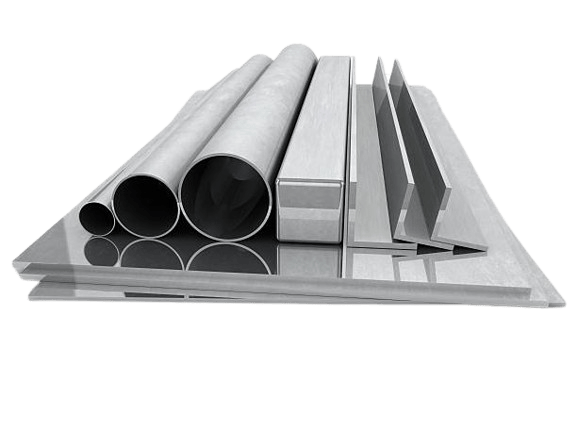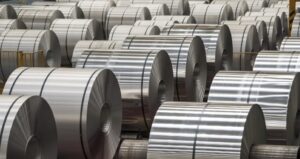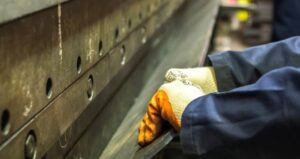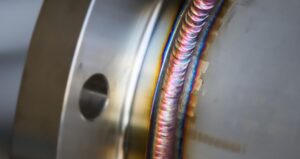The versatility and widespread use of 6000 series aluminum alloys set them apart in the realm of aluminum alloys. Consisting of diverse alloys like 6061 and 6063, this series presents a spectrum of properties, rendering it a favored option across various sectors.
What Is 6000 Series Aluminum?
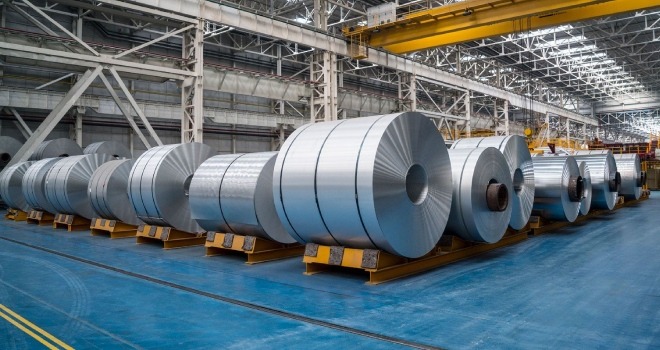
6000 Series Aluminum comprises aluminum alloys featuring magnesium and silicon as primary alloying elements. Renowned for their exceptional properties, these alloys excel in extrudability, offering manufacturers ease in shaping intricate designs. Their robust strength makes them a preferred choice for structural applications across diverse industries. Moreover, the high corrosion resistance of 6000 series aluminum ensures longevity, particularly in outdoor environments. An additional advantage lies in their ability to undergo thermal treatment processes, enabling further enhancement of their strength properties to meet specific project requirements. This versatility and reliability make 6000 series aluminum a go-to option for applications demanding a blend of formability, strength, and durability.
6000 Series Aluminum Chemical Composition
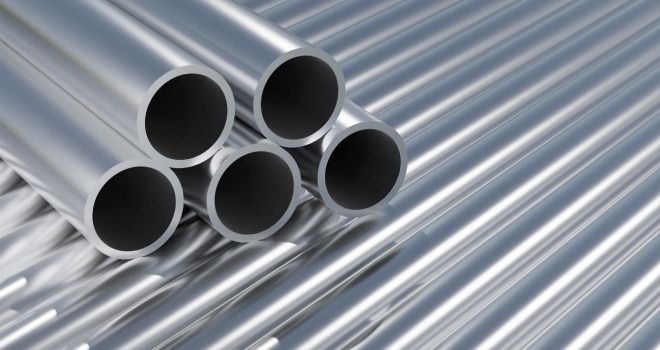
The 6000 series aluminum alloys, including popular variants like 6061 and 6063, are primarily composed of magnesium and silicon as the main alloying elements. This composition imparts specific properties to these alloys, such as excellent strength, formability, and corrosion resistance.
6060 Aluminum Chemical Composition
- Manganese (Mn): 0.0 – 0.1%
- Iron (Fe): 0.0 – 0.3%
- Copper (Cu): 0.0 – 0.1%
- Magnesium (Mg): 0.35 – 0.6%
- Silicon (Si): 0.3 – 0.6%
- Zinc (Zn): 0.0 – 0.15%
- Titanium (Ti): 0.0 – 0.1%
- Chromium (Cr): 0.050 – 0.25%
- Residuals: 0.0 – 0.15%
- Aluminium (Al): 97.5 – 99.3%
6061 Aluminum Chemical Composition
- Manganese (Mn): 0.0 – 0.15%
- Iron (Fe): 0.0 – 0.7%
- Copper (Cu): 0.15 – 0.4%
- Magnesium (Mg): 0.8 – 1.2%
- Silicon (Si): 0.4 – 0.8%
- Zinc (Zn): 0.0 – 0.25%
- Titanium (Ti): 0.0 – 0.15%
- Chromium (Cr): 0.040 – 0.35%
- Residuals: 0.0 – 0.15%
- Aluminium (Al): 95.9 – 98.6%
6063 Aluminum Chemical Composition
- Manganese (Mn): 0.0 – 0.1%
- Iron (Fe): 0.0 – 0.35%
- Copper (Cu): 0.0 – 0.1%
- Magnesium (Mg): 0.45 – 0.9%
- Silicon (Si): 0.2 – 0.6%
- Zinc (Zn): 0.0 – 0.1%
- Titanium (Ti): 0.0 – 0.1%
- Chromium (Cr): 0.0 – 0.1%
- Residuals: 0.0 – 0.15%
- Aluminium (Al): 97.5 – 99.4%
Impact of Key Differences on 6000 Series Aluminum Properties
The subtle differences in the chemical compositions of 6063, 6060, and 6061 aluminum can lead to distinct variations in their mechanical properties and performance characteristics:
Magnesium Content:
- 6063 (0.45 – 0.9%): Higher magnesium content can enhance strength and formability, making 6063 suitable for applications where these properties are crucial.
- 6060 (0.35 – 0.6%): Slightly lower magnesium content compared to 6063 can result in a balance between strength and workability, making 6060 aluminum versatile for various extrusion applications.
- 6061 (0.8 – 1.2%): With a higher magnesium content, 6061 aluminum offers excellent strength, making it well-suited for structural applications requiring high strength and toughness.
Silicon Content:
- 6063 (0.2 – 0.6%): Silicon enhances casting properties and contributes to strength and machinability, making 6063 favorable for extrusion processes and intricate machining.
- 6060 (0.3 – 0.6%): Similar to 6063 aluminum, the silicon content in 6060 aluminum aids in improving casting properties, strength, and machinability, making it suitable for various structural applications.
- 6061 (0.4 – 0.8%): Higher silicon content in 6061 contributes to improved strength and corrosion resistance, making it ideal for applications requiring high strength and excellent corrosion resistance.
Copper Content:
- 6063 and 6060 (0.0 – 0.1%): Low copper content in these alloys helps maintain good corrosion resistance and thermal conductivity while balancing other properties.
- 6061 (0.15 – 0.4%): The higher copper content in 6061 aluminum enhances strength and improves machinability, making it suitable for applications requiring a combination of strength and workability.
In summary, 6063 aluminum stands out for its harmonious blend of strength, malleability, and resistance to corrosion, rendering it a prime candidate for architectural undertakings and elaborate extrusions that demand precision.
In contrast, 6060 aluminum demonstrates remarkable adaptability in extrusion scenarios by striking a delicate equilibrium between robustness and ease of manipulation, catering to a wide array of structural and architectural endeavors.
On the other hand, 6061 aluminum distinguishes itself by its exceptional prowess in applications necessitating robust strength, resilience, and immunity to corrosion. This alloy shines brightly as a premier selection for aerospace components, structural elements, and demanding industrial settings where endurance under high stress is paramount.
When Do You Need To Choose 6000 Series Aluminum?
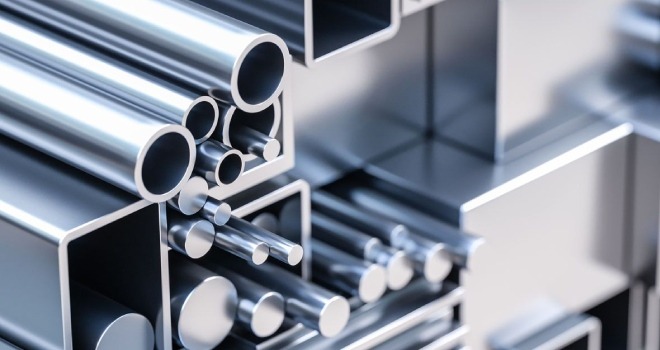
The 6000 series aluminum alloys, including 6063, 6060, and 6061, are commonly chosen for various applications due to their unique properties. Here are some scenarios when selecting a 6000 series aluminum alloy would be advantageous:
Extrusions
- 6063 and 6060: Preferred for extrusion processes as they offer good formability, machinability, and surface finish, making them suitable for applications like curtain walls, furniture, and heat sinks.
High-Stress Environments
- 6061: Chosen for applications demanding high strength, toughness, and corrosion resistance, like aerospace components, automotive parts, and heavy-duty machinery subjected to extreme conditions.
Machined Parts
- 6061: 6061 aluminum is preferred for machined parts due to its excellent machinability and strength properties, making it suitable for components requiring intricate machining processes.
Structural Components
- 6060: Well-suited for structural applications where strength and versatility in fabrication are essential, such as frames, supports, and beams.
Architectural Applications
- 6063: 6063 aluminum is an ideal for architectural projects like window frames, doors, and facades due to its excellent balance of strength, formability, and corrosion resistance.
- 6060: 6060 aluminum is suitable for architectural extrusions where a balance between strength and workability is required, such as building trims and profiles.

